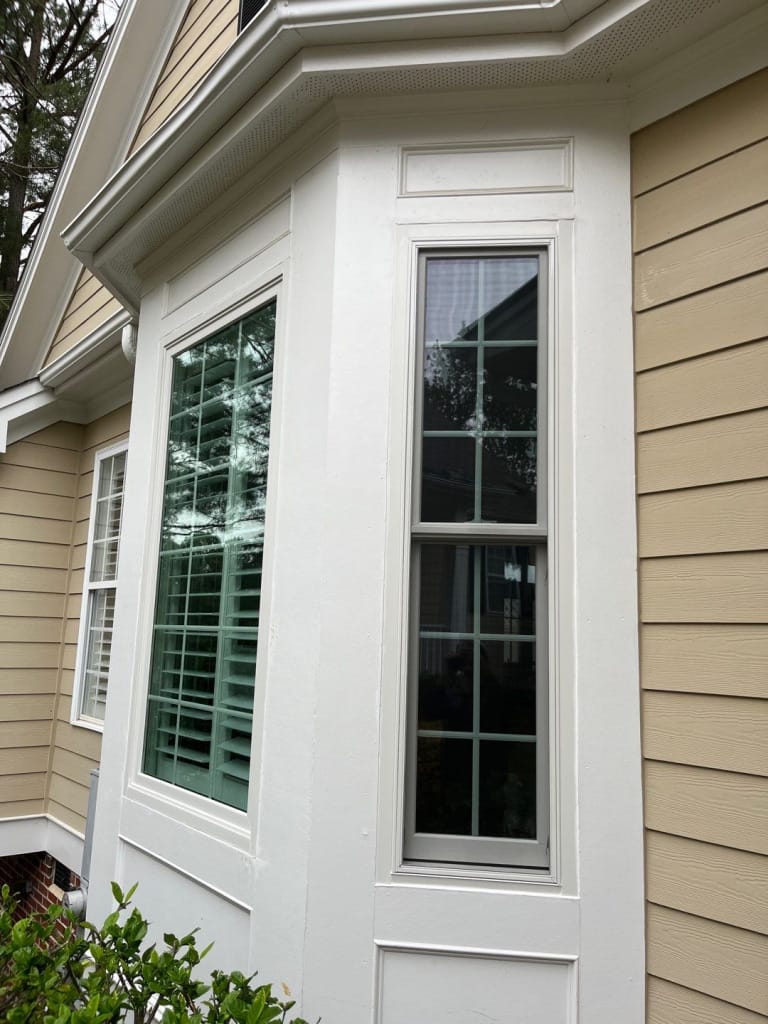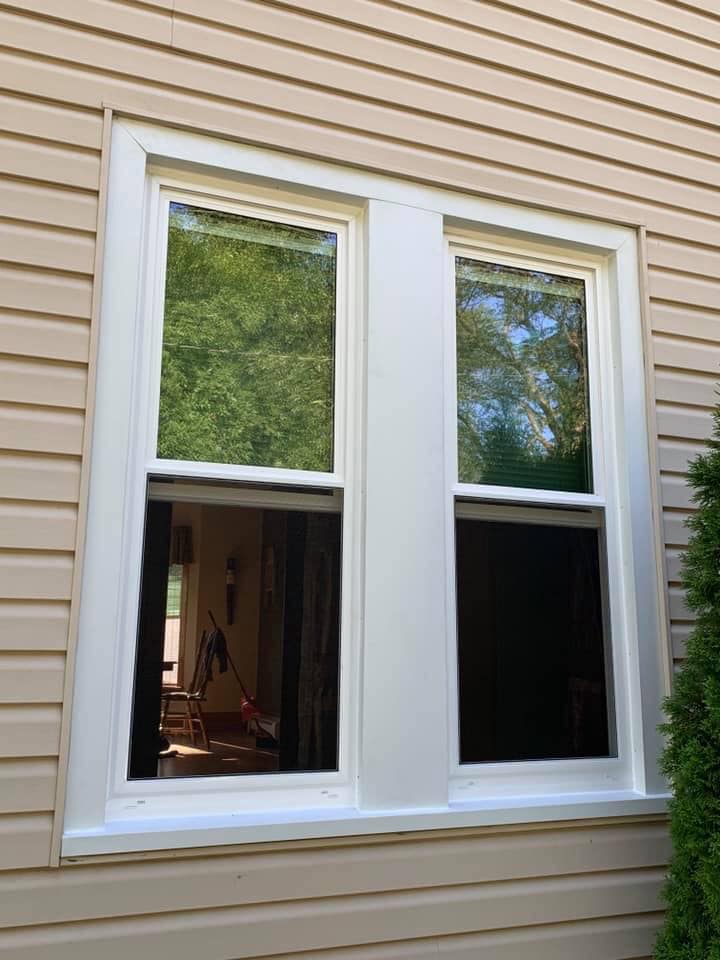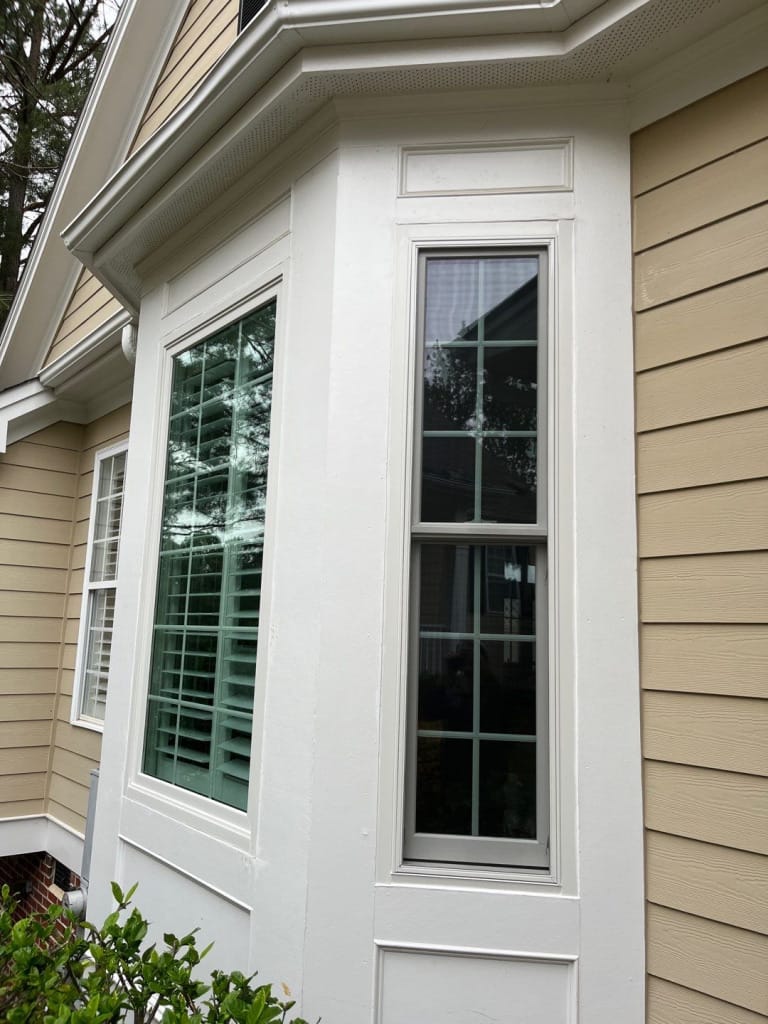When standard windows just don’t measure up—literally—custom fit windows are the way to go. Whether you’re renovating an older home with odd-sized frames or building a new house from scratch, custom windows offer a tailored solution that brings together function, efficiency, and style.
In this guide, we’ll walk you through what makes custom fit windows worth the investment, how they compare to standard sizes, and how to choose the best style and material for your space.
What Are Custom Fit Windows?
Custom fit windows are made-to-order based on the exact dimensions of your window openings. Unlike mass-produced, standard-size options that may require trimming or filler strips, custom windows are built to fit precisely—no awkward gaps, no forced modifications.
According to the U.S. Department of Energy, well-installed and sealed windows can reduce air leakage and save homeowners up to 30% on heating and cooling costs.

Why Homeowners Love Custom Fit Windows
Here are some standout benefits of choosing custom-fit over off-the-shelf:
Precision Fit
No extra framing or filler strips—just a clean, exact match to your opening.
Improved Energy Efficiency
Better fit = tighter seal = lower energy bills. Add Low-E coatings and argon gas fills for even more insulation.
Full Design Control
Pick any style, frame color, shape, glass type, or grille pattern to match your home’s look.
Easier Installation
With exact sizing, installers don’t have to make structural adjustments, which can save on labor time and cost.
Adds Value
Custom windows boost both curb appeal and resale value by upgrading the function and appearance of your home.
Best Custom Window Styles
Most window styles are available in custom sizes. Here are a few popular choices:
- Casement Windows – Open outward with a crank; great for airflow and energy efficiency.
- Double-Hung Windows – Classic two-sash design; both panels slide vertically.
- Sliding Windows – Move side to side; perfect for wide openings or modern layouts.
- Picture Windows – Large fixed panes; ideal for letting in natural light and showcasing views.
- Bay & Bow Windows – Multi-panel projections; built specifically to match large, curved, or angled wall spaces.
Custom Fit vs. Standard Size: What’s the Difference?
| Feature | Custom Fit Windows | Standard Size Windows |
|---|---|---|
| Fit Accuracy | Exact match | May need modifications |
| Design Flexibility | High | Limited by presets |
| Energy Efficiency | Excellent | Varies |
| Installation Ease | Easier (no resizing) | May involve adjustments |
| Upfront Cost | Higher | Lower |
| Best Use | Older homes, renos | Newer homes, budget builds |
While custom windows may cost more initially, they often pay off in energy savings and improved home comfort.

Most Common Materials for Custom Windows
| Material | Price Range | Durability | Maintenance | Energy Efficiency | Style Options |
|---|---|---|---|---|---|
| Vinyl | Low to Medium | High | Very Low | Good | Limited colors |
| Wood | Medium to High | Moderate | High | Excellent | Timeless, classic |
| Aluminum | Moderate | Very High | Low | Fair | Clean, modern |
| Fiberglass | High | Very High | Low | Excellent | Highly versatile |
Tip: Always check for NFRC-certified windows for verified energy performance.
Who Should Consider Custom Fit Windows?
Custom fit windows are perfect for:
- Older homes with unique window sizes
- Renovation projects where aesthetics and performance matter
- Brick or stone homes where resizing is difficult
- Homeowners looking to match historical details or unusual shapes
- High-end new builds or architectural designs

FAQ: Custom Fit Windows
Are custom windows more expensive?
Usually, yes—expect to pay 10–25% more than standard windows. But with better energy savings, durability, and less installation hassle, they’re often worth the extra cost.
Can I install them myself?
It’s possible, especially if you’re experienced in home improvement. That said, professional installation ensures a perfect seal and often protects your warranty.
How long do custom windows take to make?
Typically, 3 to 6 weeks depending on the manufacturer and complexity. Some brands offer expedited options for a fee.
Can custom windows qualify for rebates?
Yes, if they’re ENERGY STAR-certified and meet your local utility’s efficiency standards. Check the ENERGY STAR Rebate Finder.
Are special shapes more expensive?
They can be. Arched, round, and other non-standard shapes usually cost more due to the added labor and material customization.
Final Thoughts
Custom fit windows aren’t just about sizing—they’re about getting it right the first time. Whether you’re restoring a charming old home, designing something new and modern, or just want the perfect upgrade, custom windows offer superior fit, performance, and style.
From tighter insulation to full design control, they offer benefits that standard windows simply can’t match. Ready to explore your options? Start with ENERGY STAR or the U.S. Department of Energy’s Window Design Guide.
